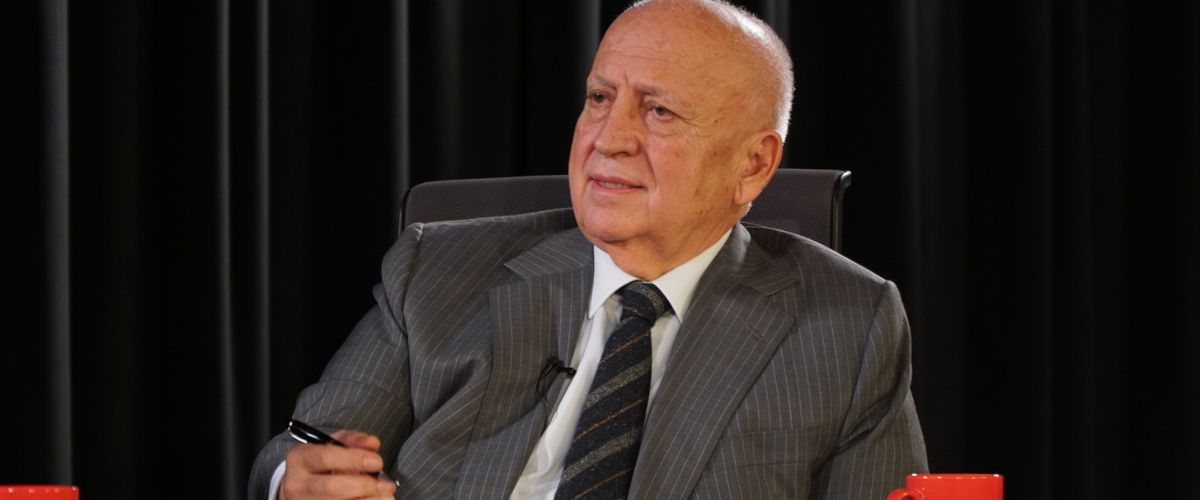What Should be the Method in the Fight Against Inflation?
Altınbaş University Faculty of Economics, Administrative and Social Sciences, Department of Economics analyzed the exchange rate - interest rate - inflation relationship.
Prof. Dr. Işın Çelebi, a faculty member at Altınbaş University Faculty of Economics, Administrative and Social Sciences, explained that she and her research assistants Ahmet Tuğşad Doğukan and Emrullah Vermez examined the exchange rate - interest rate - inflation relationship and presented the results they obtained in the article they wrote; she gave information about the article.
Prof. Dr. Işın Çelebi said that although we expect to see the effects of the interest rate hikes in 6-18 months, the current outlook of the economic management is positive in terms of monetary and fiscal policies. Prof. Dr. Işın Çelebi said, “A permanent increase in the welfare of a country can be made possible not only by the gains achieved in monetary and fiscal policies, but also by reforms to be made in structural areas.”
Suggesting that the economic administration should develop a medium-term policy perspective that prioritizes efficiency and innovation in production, strengthening institutions and social development, Prof. Dr. Işın Çelebi said, “In this respect, there is a need for competent human resources and organizational capacity to have a knowledge that will provide input to policies and to produce data-based policies.”
According to Işın Çelebi, this is critical not only for the economy, but also for the success of policies in all areas of national governance, especially education and health. Çelebi, expressing the main problem that needs to be solved in 3 points, explained that the solution to the problem should be permanent in the medium and long term. According to this
1. To increase competitiveness,
2. Ensuring the development of productivity indicators
3. Increasing productivity
According to Çelebi, only as a result of these efforts can a permanent balance be achieved in the markets in the medium term. Emphasizing that trying to find solutions only through the exchange rate - interest rate - inflation relationship is to some extent short-term thinking, Çelebi said:
“Instead of short-term solutions of 30 to 90 days to solve the problem of the moment, we need to create a permanent balance in the markets in the medium term in exchange rates, interest rates and inflation. In countries with weak technical equipment, the manufacturing industry needs to be strengthened. Today, the share of exports of our manufacturing industry in world trade is around 1%. This ratio has remained almost unchanged for a long time. Selling cheap labor with short-term approaches brings serious problems rather than solutions.”
According to Çelebi, it is necessary to consider these fundamental variables in a simultaneous and synchronized integrity. Çelebi pointed out that the effect of exchange rate-inflation-inflation alone on the exchange rate-inflation-interest rate relationship is limited, and explained the equation and the historical process as follows:
“When we analyze economic indicators since 1950, we see that there is a direct relationship between foreign exchange supply and ‘inflation - interest - exchange rate’. The direct effect of an increase in the exchange rate on the rise in inflation is seen to be at a maximum of 15-20%. This relationship is more evident especially after 2000.
In the years (2005 - 2006 - 2007 - 2008) when foreign direct capital inflows increased on the road to full EU membership, the increase in inflation (as GNP deflator):
- 37.60% in 2002,
- 23.30% in 2003,
- 12.40% in 2004,
- 7.10% in 2005,
- 9.40% in 2006,
- In 2007, it declined to 6.20%.
Foreign direct capital inflows during this period:
- 10 billion USD in 2005,
- 20.1 billion USD in 2006,
- 22 billion USD in 2007,
- In 2008, there was an inflow of 19.9 billion USD.”
Stating that this structure continued until 2018, Çelebi noted that there was a currency shock in 2018 - 2021 - 2022 and 2023 and said the following:
“After 2018 and starting from 2019, foreign direct capital inflows declined to 10 billion USD and inflation rose to 15-20%. In 2022, inflation rises to 72%. In 2023, while it hovers at 67.5%, foreign direct capital inflows are 10.6 billion. Of this, approximately 3.6 billion USD is for real estate investments and 5.6 billion USD for investment capital goods.”


